Invest
What does a higher Aussie dollar mean for the market?
The Australian dollar briefly broke past US$0.80 this week, and continues to hold its place above US$0.70, but the strength in our currency could be limiting performance in other aspects of the market.
What does a higher Aussie dollar mean for the market?
The Australian dollar briefly broke past US$0.80 this week, and continues to hold its place above US$0.70, but the strength in our currency could be limiting performance in other aspects of the market.

Strength in the Australian dollar has a flow-on effect to other sectors of the market, explained Shane Oliver, the chief economist at AMP Capital.
The country’s present high dollar value works against segments of the market that rely on trade, such as farming, higher education, and tourism, Mr Oliver said, making it difficult for businesses in these sectors to operate.
“Any tourist operator who was thinking of expanding must now be fearing that another run to parity [between the US and Australian dollars] is on the way, which will destroy the flow for foreign tourists and send locals back to Disneyland for their holidays rather than to North Queensland or Tasmania,” he said.
This is a particularly large problem at the present, Mr Oliver said, as mining investment is falling, consumers are under financial pressure, and housing construction looks close to reaching a peak – making the profits generated by trade-exposed businesses even more important to the nation’s performance.
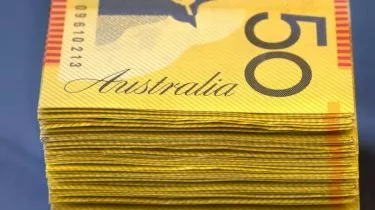
“The rise in the Australian dollar is a big problem for the Australian economy and is likely contributing to the continuing underperformance of the Australian share market compared to global shares,” he explained.
Mr Oliver even predicts that the Reserve Bank is now more likely to attempt to “jawbone” the Australian dollar’s value back down than it previously has been, noting the high price of our currency is also likely stifling inflation.
However, the dollar’s current value is as likely related to weakness abroad as it is to domestic strength, according to Michael Judge.
Mr Judge, a senior staff member at foreign exchange and payments company OFX, said market trends and political noise were contributing greatly to the high Australian dollar.
“The USD is currently oscillating at a three-year low, and fund managers globally are favouring commodity-backed currencies ahead of any other – and they are not necessarily paying particular attention to economic data,” he said.
“The weakness of the US dollar is a result of uncertainty around the viability of President Trump’s economic initiatives.”

Stock market
International stocks: Diversifying your portfolio beyond Australia
In an increasingly globalized market, Australian investors have the opportunity to enhance their investment portfolio by incorporating international stocks. Diversifying your investments globally can ...Read more
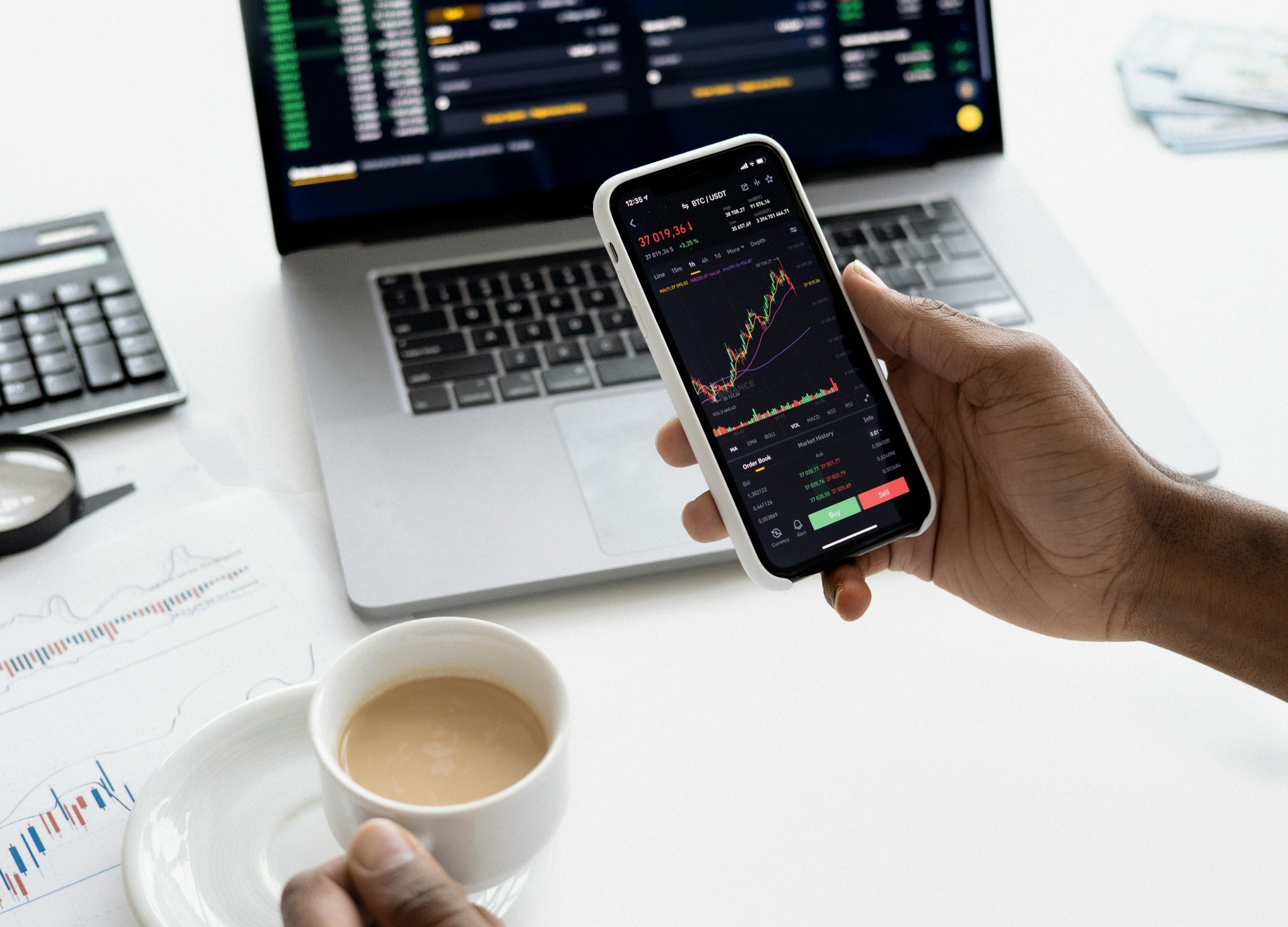
Stock market
Stock market rally likely to continue regardless of Fed minutes tone, says deVere CEO
The bull run that has propelled Wall Street's major indexes to record highs this month is expected to continue regardless of the tone of the upcoming Federal Reserve minutes, according to Nigel Green, ...Read more
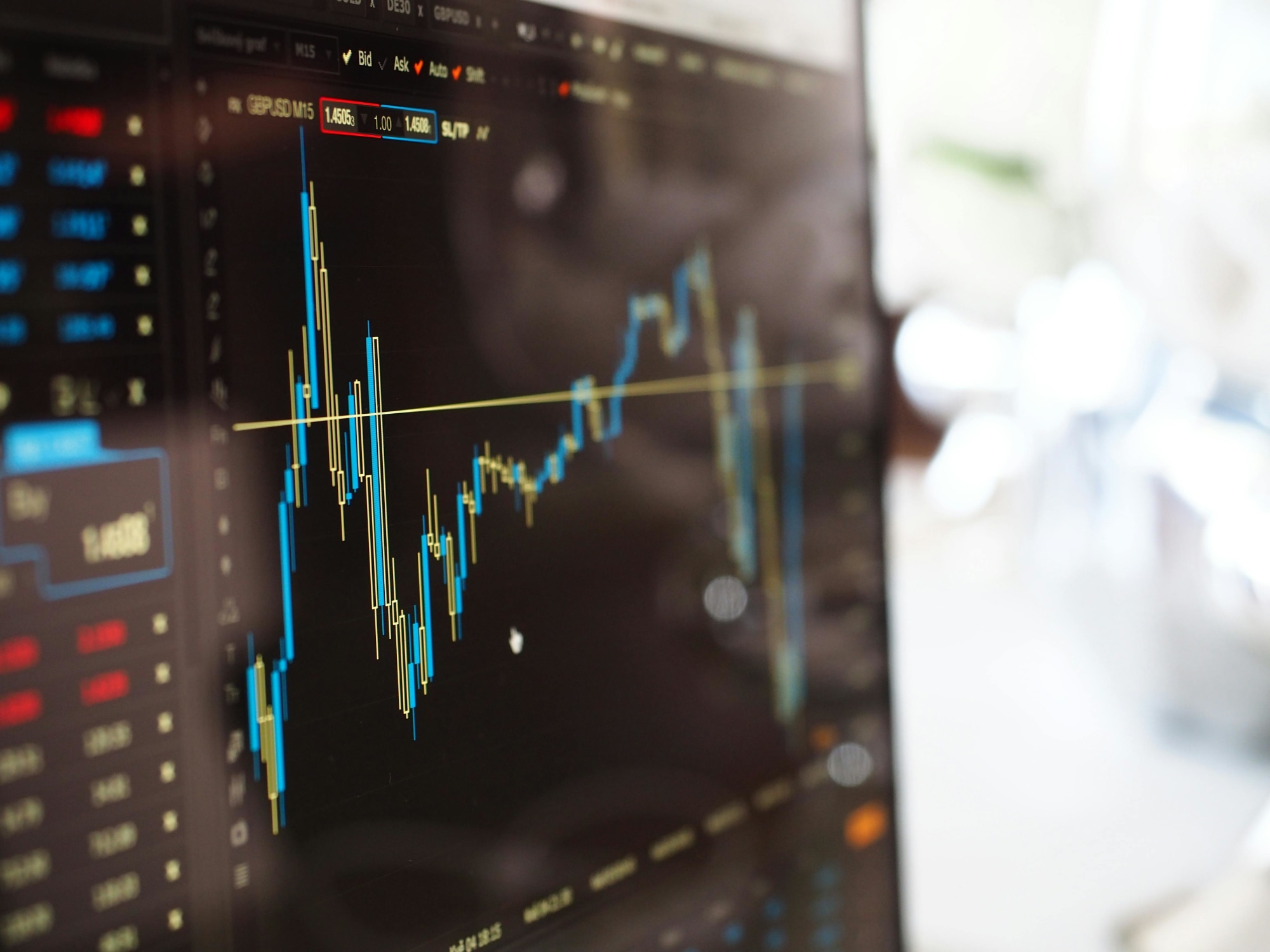
Stock market
US stock rally driven more by valuation growth than earnings, leaving tech names vulnerable: Innova
The strong gains in US stocks over the past year, particularly in the technology sector, have been driven more by expanding valuations than underlying earnings growth, leaving them exposed to a ...Read more
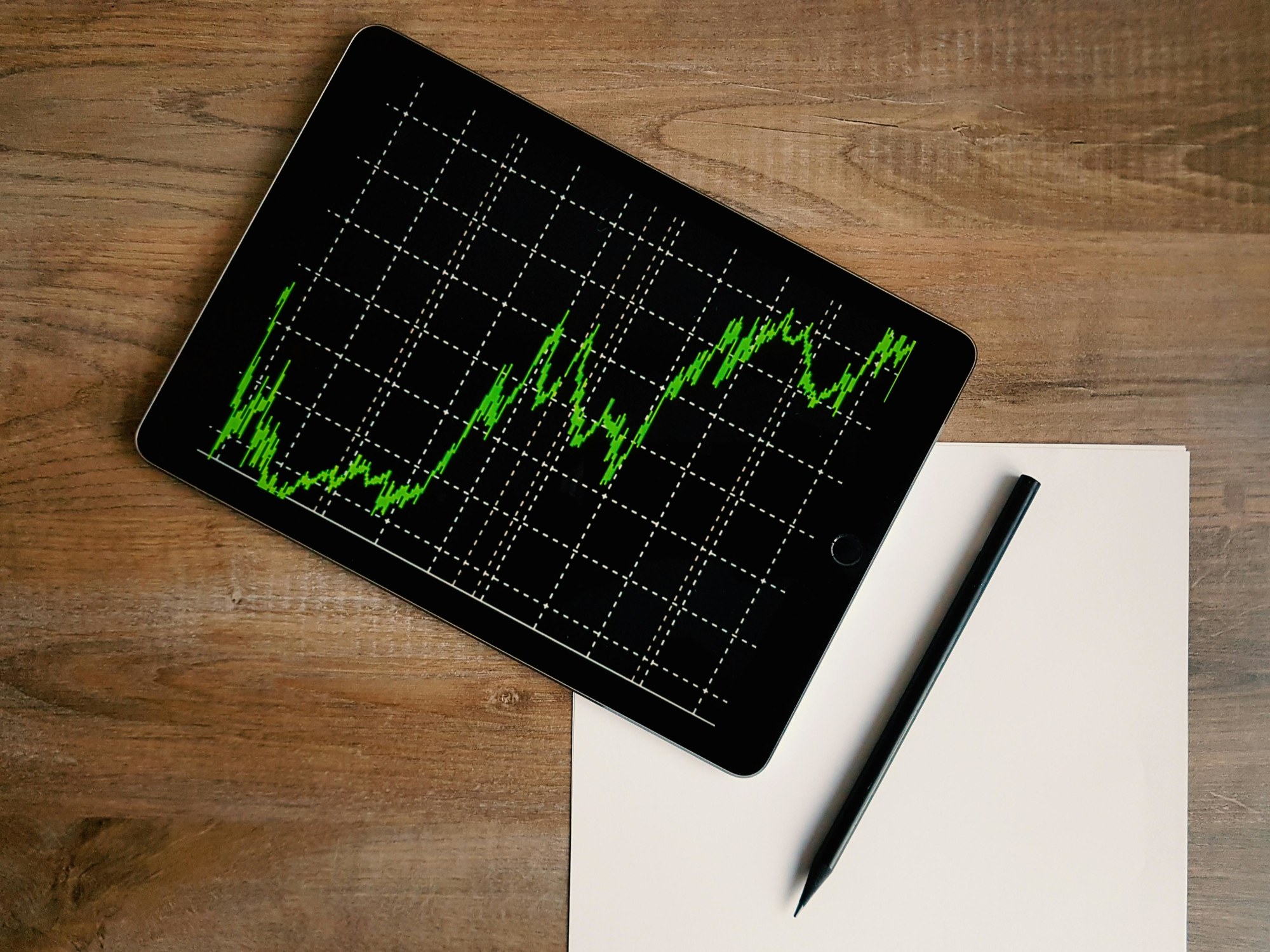
Stock market
Sun Silver to make its ASX debut with a $13 million IPO
Sun Silver Limited (proposed ASX Code: "SS1") has announced the opening of its Initial Public Offering (IPO) today, aiming to raise a minimum of $10 million and a maximum of $13 million (before costs)Read more

Stock market
Nasdaq hits record high, underscores the value of tech in investment portfolios
The Nasdaq Composite's surge to an all-time high last Friday highlights the importance of incorporating technology into investment strategies. Read more

Stock market
Apple sets an unprecedented profit pace within the GAFAM group in 2023
After navigating through the economic difficulties presented in 2022, the technology sector has demonstrated resilience and growth, with many companies seeing increases in revenue and stock value. Read more
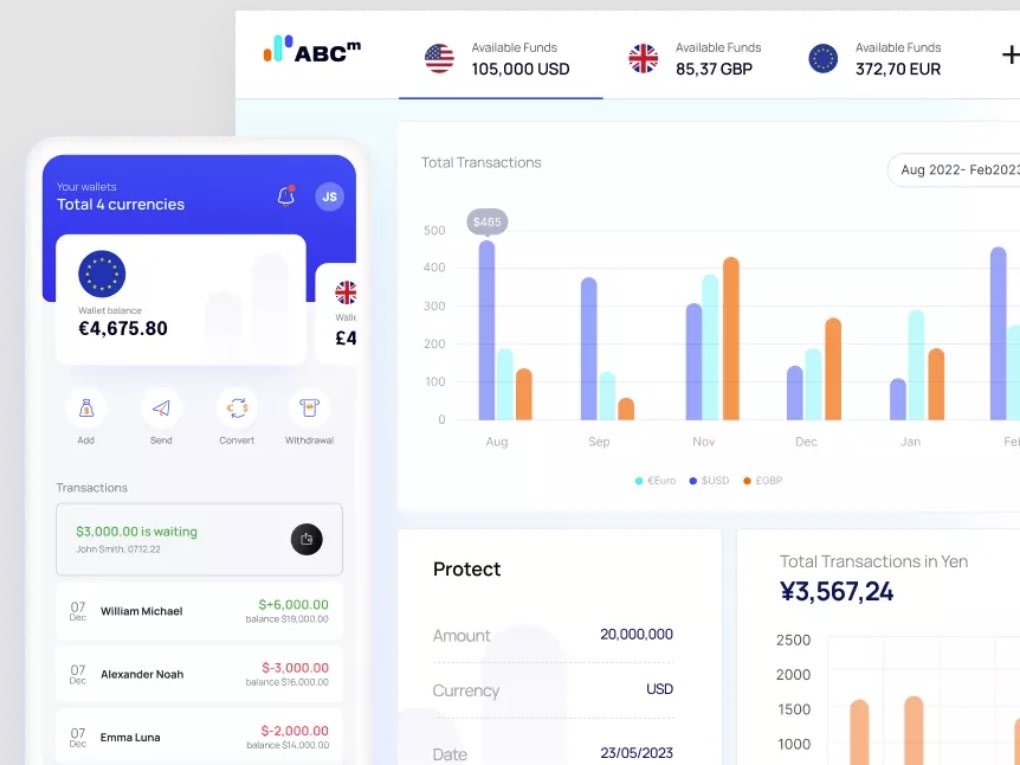
Stock market
Fintech startup okoora unlocks over $3 billion in forex savings for businesses
Fintech innovator okoora has announced it has saved customers a monumental amount over $3 billion through international foreign exchange transactions. Read more

Stock market
Google's Gemini edges out ChatGPT4 in groundbreaking AI showdown
Google's latest AI model, Gemini, has edged out OpenAI's ChatGPT4 in a recent set of rigorous multi-discipline tests, marking a significant milestone in the large language model (LLM) sector. Read more

Stock market
International stocks: Diversifying your portfolio beyond Australia
In an increasingly globalized market, Australian investors have the opportunity to enhance their investment portfolio by incorporating international stocks. Diversifying your investments globally can ...Read more

Stock market
Stock market rally likely to continue regardless of Fed minutes tone, says deVere CEO
The bull run that has propelled Wall Street's major indexes to record highs this month is expected to continue regardless of the tone of the upcoming Federal Reserve minutes, according to Nigel Green, ...Read more

Stock market
US stock rally driven more by valuation growth than earnings, leaving tech names vulnerable: Innova
The strong gains in US stocks over the past year, particularly in the technology sector, have been driven more by expanding valuations than underlying earnings growth, leaving them exposed to a ...Read more

Stock market
Sun Silver to make its ASX debut with a $13 million IPO
Sun Silver Limited (proposed ASX Code: "SS1") has announced the opening of its Initial Public Offering (IPO) today, aiming to raise a minimum of $10 million and a maximum of $13 million (before costs)Read more

Stock market
Nasdaq hits record high, underscores the value of tech in investment portfolios
The Nasdaq Composite's surge to an all-time high last Friday highlights the importance of incorporating technology into investment strategies. Read more

Stock market
Apple sets an unprecedented profit pace within the GAFAM group in 2023
After navigating through the economic difficulties presented in 2022, the technology sector has demonstrated resilience and growth, with many companies seeing increases in revenue and stock value. Read more

Stock market
Fintech startup okoora unlocks over $3 billion in forex savings for businesses
Fintech innovator okoora has announced it has saved customers a monumental amount over $3 billion through international foreign exchange transactions. Read more

Stock market
Google's Gemini edges out ChatGPT4 in groundbreaking AI showdown
Google's latest AI model, Gemini, has edged out OpenAI's ChatGPT4 in a recent set of rigorous multi-discipline tests, marking a significant milestone in the large language model (LLM) sector. Read more








